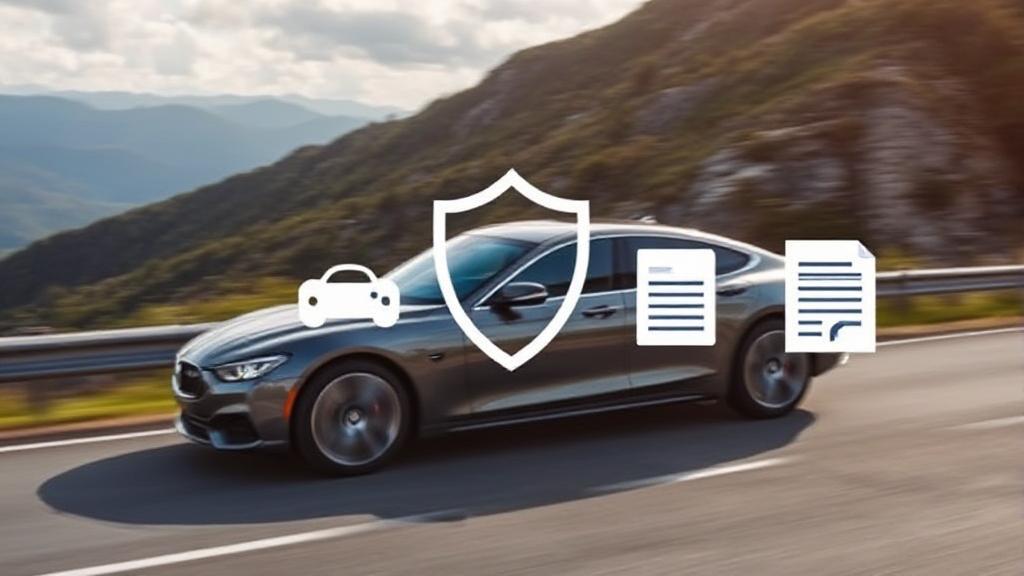Types of Car Insurance Coverage
Car insurance policies typically offer several types of coverage, each serving a specific purpose and providing protection in different scenarios.
Liability Coverage
Liability coverage is often required by law and includes two main components:
- Bodily Injury Liability: Covers medical expenses, lost wages, and legal fees if you're at fault in an accident that injures another person
- Property Damage Liability: Covers damage to other people's property, including vehicles, buildings, and fences
Important: Liability coverage protects you from financial loss if you are responsible for an accident. Without it, you could be liable for significant expenses out of pocket.
Collision Coverage
Collision insurance pays for damage to your vehicle when you:
- Hit another vehicle
- Strike a stationary object
- Roll your vehicle
This coverage is typically optional unless required by a lender or leasing company and comes with a deductible.
Comprehensive Coverage
Sometimes called "other than collision," comprehensive coverage protects against:
- Theft
- Vandalism
- Natural disasters
- Falling objects
- Animal collisions
- Fire or explosion
Personal Injury Protection (PIP)
Required in some no-fault states, PIP covers:
- Medical expenses
- Lost wages
- Rehabilitation costs
- Essential services
Uninsured/Underinsured Motorist Coverage
This protection is invaluable when you're hit by:
- A driver with no insurance
- A driver with insufficient coverage
- A hit-and-run driver
Additional Coverage Options
- Gap Insurance: Covers the difference between your car's actual cash value and the amount you owe on your loan or lease
- Rental Reimbursement: Pays for a rental car while your vehicle is being repaired
- Roadside Assistance: Provides services like towing, battery jump-starts, flat tire changes, and locksmith services
Common Exclusions
Most policies don't cover:
Factors Affecting Coverage
Several factors can influence the type and amount of coverage you need:
- State Requirements: Each state has different minimum insurance requirements. Check your state's Department of Insurance for specific regulations
- Vehicle Value: The value of your car can determine whether comprehensive and collision coverage are worthwhile
- Driving Habits: Consider how often and where you drive
- Financial Situation: Your ability to pay out-of-pocket costs can influence your deductible choices
- Loan Requirements: Lenders may require specific coverage types
Making the Most of Your Coverage
Documentation Best Practices
- Keep detailed records of your policy
- Take photos of your vehicle
- Save maintenance records
- Document any modifications
Regular Policy Review
Review your coverage annually, especially when:
- Purchasing a new vehicle
- Moving to a new location
- Adding or removing drivers
- Making significant vehicle modifications
For more detailed information about specific coverage types, visit the National Association of Insurance Commissioners or Insurance Information Institute websites.
